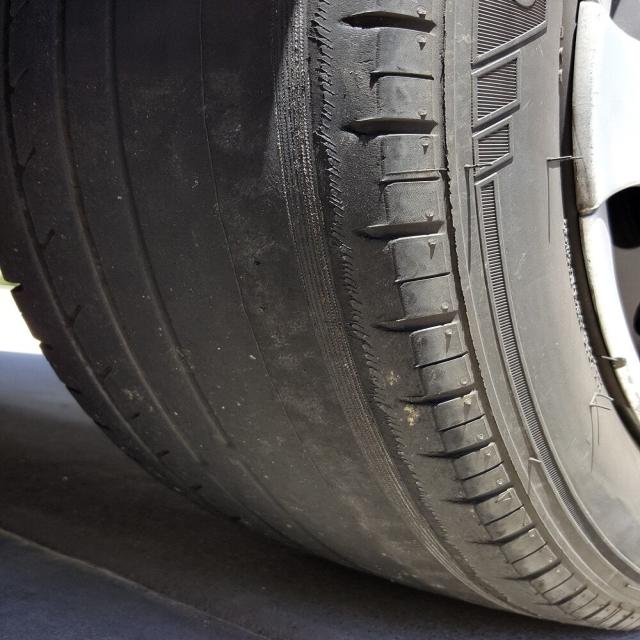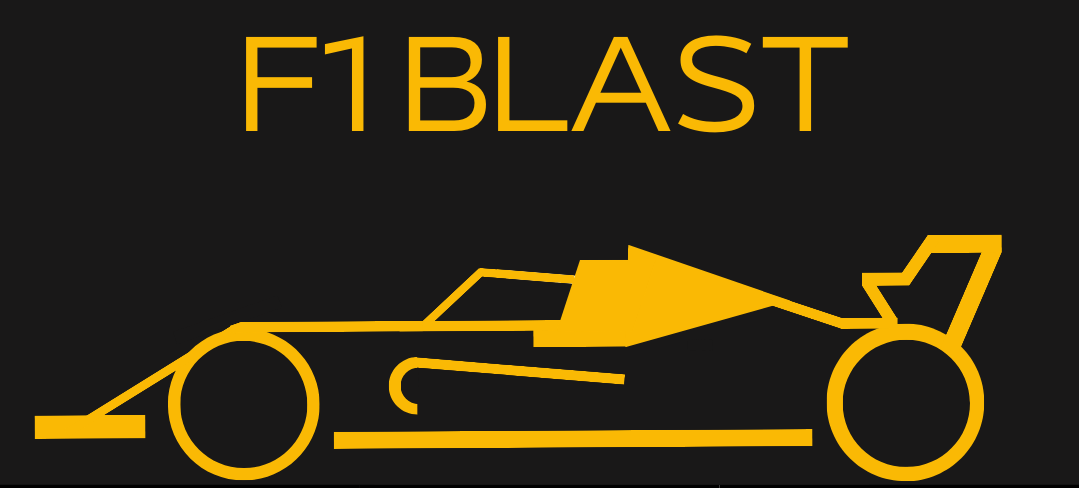Is your wheel alignment correct? Even a slight misalignment can affect how your car handles, wears its tires, and consumes fuel.
Wheel alignment ensures that your vehicle’s suspension and wheels are set at the proper angles for safe, efficient driving. When alignment drifts off, you might notice pulling, uneven tire wear, or vibration.
In this guide, we’ll explain what wheel alignment is and how to tell when it’s incorrect.
What Is Wheel Alignment?
Wheel alignment is the process of adjusting the angles of your vehicle’s wheels relative to each other and the road surface. The goal is to keep all tires pointing in the same direction so the car travels straight and handles predictably. Alignment consists of the 3 main settings:
- Camber – the inward or outward tilt of the wheels when viewed from the front.
- Caster – the angle of the steering axis viewed from the side of the vehicle.
- Toe – the direction the tires point inward or outward when viewed from above.
When these alignment angles fall outside manufacturer specifications, you get uneven tire wear, poor handling, and a vibrating steering wheel. Impacts, worn suspension components, or hitting potholes can easily affect these settings.
How to Tell Wheel Alignment Is Incorrect?
There are five common signs of incorrect wheel alignment: pulling to one side, uneven tire wear, off-center steering wheel, steering wheel vibration, and squealing tires.
Now, let’s go through the each tell-tale sign in detail. Don’t worry, the symptoms are usually easy to spot if you know what to look for!
1. Pulling to one side
When your vehicle pulls in one direction, it usually means the alignment angles are off. The car should travel straight when you release the steering wheel on a level road. If it drifts left or right, the wheels may not be parallel.
Common causes:
- Uneven camber or toe settings
- Misaligned suspension components after hitting a curb or pothole
- Unbalanced tire pressure between sides
If you experience consistent pulling, book a wheel alignment service to realign the wheels relative to the vehicle’s center. A professional technician will check camber, caster, and toe angles to restore straight-line stability.
2. Uneven or rapid tire wear
Uneven tire wear is one of the first signs of poor alignment. When wheels are not properly aligned, the tires scrub instead of rolling smoothly. This leads to excessive wear on one edge or across the tread.
Typical patterns:
- Inner or outer edge wear caused by incorrect camber
- Feathered tread edges linked to improper toe angles
- Cupping or patchy wear indicating suspension system issues
Tip: Inspect your tires regularly and compare tread depth on both sides.

3. Off-center steering wheel
Another clear sign of incorrect wheel alignment is an off-center steering wheel. When driving straight on a flat surface, the steering wheel should stay centered with the logo positioned upright. If it tilts to one side, the alignment angles have likely shifted.
This usually happens after hitting a large pothole or curb, which can alter the toe or caster angle. Even small misalignments in the steering knuckle or tie rods can cause the wheel to sit unevenly. You might also feel slight resistance when turning or a sense that the car’s steering doesn’t return smoothly to the center.
Check alignment if you notice:
- Crooked steering wheel on straight roads
- Unequal steering response between left and right turns
- A delay when the car’s steering returns to center
4. Steering wheel vibration
A vibrating steering wheel often points to alignment problems. When wheels are misaligned, they push against each other instead of rolling together, creating vibration through the steering column. The effect becomes stronger at higher speeds or during cornering.
You might also feel the vehicle shake if the tires have worn unevenly or lost balance. Poor alignment can combine with other issues such as worn ball joints or damaged suspension components, amplifying the vibration.
Have a technician inspec oft:
- Tire balancing and alignment angles
- Condition of ball joints and suspension parts
- Tire wear pattern across all four wheels
5. Squealing tires
Squealing noises during normal driving or turning are another sign of alignment issues. Misaligned wheels drag slightly across the pavement instead of following a straight path, producing friction and noise.
You’ll often hear the squeal during sharp turns or when accelerating from a stop. This usually means the toe angles are off or one wheel has excessive positive or negative camber.
If your tires squeal frequently:
- Inspect toe and camber angles
- Check for uneven tire wear
- Schedule a wheel alignment service to prevent further damage
What to Do When I Detect Incorrect Wheel Alignment?
If you notice any signs of poor alignment, take action immediately to avoid further tire wear and handling issues. Regular checks help keep the suspension system and steering components in proper condition. Here’s how to get started:
- Book a professional wheel alignment service at a certified workshop. Request a printout of alignment angles before and after adjustment.
- Inspect suspension components such as ball joints, control arms, and tie rods for damage or play.
- Balance and rotate tires to correct uneven wear and improve ride quality.
- Monitor steering response after alignment to confirm the vehicle travels straight.
How Can I Help Maintain My Alignment?
Keeping a good wheel alignment depends on consistent care and attention to driving habits. Small adjustments prevent poor alignment and extend the life of tires and suspension components. Also, when buying a car it’s important to ask when was the last alignment done. When buying a car from a dealership, you should be more confident about the wheel alignment. Follow these steps to maintain proper alignment:
- Avoid potholes and curbs to prevent misaligned wheels or damaged suspension parts.
- Schedule alignment checks every 10,000–12,000 km or twice a year.
- Keep tire pressure correct according to vehicle manufacturer recommendations.
- Rotate tires regularly to reduce uneven tire wear.
- Replace worn ball joints or tie rods as they affect alignment accuracy.
Final Thoughts
Correct wheel alignment keeps your vehicle’s wheels set at the right angles so it drives straight, handles predictably, and avoids uneven tire wear. Misaligned wheels create pulling, vibration, or rapid tire damage, often caused by worn suspension components or impact with curbs and potholes. Regular alignment checks protect both safety and fuel efficiency.
Key takeaways:
- Wheel alignment keeps the suspension system and steering components properly adjusted.
- Common signs of poor alignment are pulling to one side, off-center steering wheel, uneven tire wear, and squealing tires.
- Misalignment increases fuel use, shortens tire life, and affects the car’s steering response.
- Schedule a wheel alignment service every 10,000-12,000 km or after hitting road hazards.
- Combine alignment checks with tire balancing and suspension inspection for best results.
FAQs
1. What causes incorrect wheel alignment?
Incorrect wheel alignment happens when the camber, caster, or toe angles shift from factory settings. Common causes include hitting potholes or curbs, worn suspension components, damaged ball joints, or improper repairs. Even small impacts can misalign wheels relative to the vehicle’s center and cause uneven tire wear.
2. How does incorrect wheel alignment affect driving?
Poor alignment makes the vehicle pull to one side, reduces steering accuracy, and speeds up tire wear. It increases rolling resistance, lowering fuel efficiency and stability. Prolonged misalignment stresses suspension components and leads to poor handling at high speeds.
3. How can I check wheel alignment at home?
Drive on a straight road and see if the steering wheel stays centered. Check tire tread for uneven or excessive wear. Observe if the car drifts when you release the steering wheel. Any of these signs suggest a need for a professional wheel alignment check.
4. How often should wheel alignment be checked?
Have wheel alignment checked every 10,000–12,000 km or twice yearly. Schedule additional checks after replacing suspension parts or hitting curbs or potholes. Regular alignment keeps steering and suspension components in proper condition.
5. Can incorrect wheel alignment damage other parts?
Yes. Misalignment increases stress on suspension components, control arms, ball joints, and tie rods. It can also harm the steering knuckle and cause vibration through the steering wheel. Correct alignment prevents premature wear across these systems.
6. What’s the difference between wheel alignment and tire balancing?
Wheel alignment adjusts the wheel angles for straight tracking. Tire balancing evens out weight across the tire and rim to stop vibration. Alignment affects steering accuracy, while balancing affects ride smoothness. Both should be performed together for optimal performance.
7. How much does fixing wheel alignment cost?
A standard wheel alignment service costs $80-$150. The price depends on whether it’s a two-wheel or four-wheel adjustment and the vehicle type. Regular checks reduce tire wear and extend suspension life.

